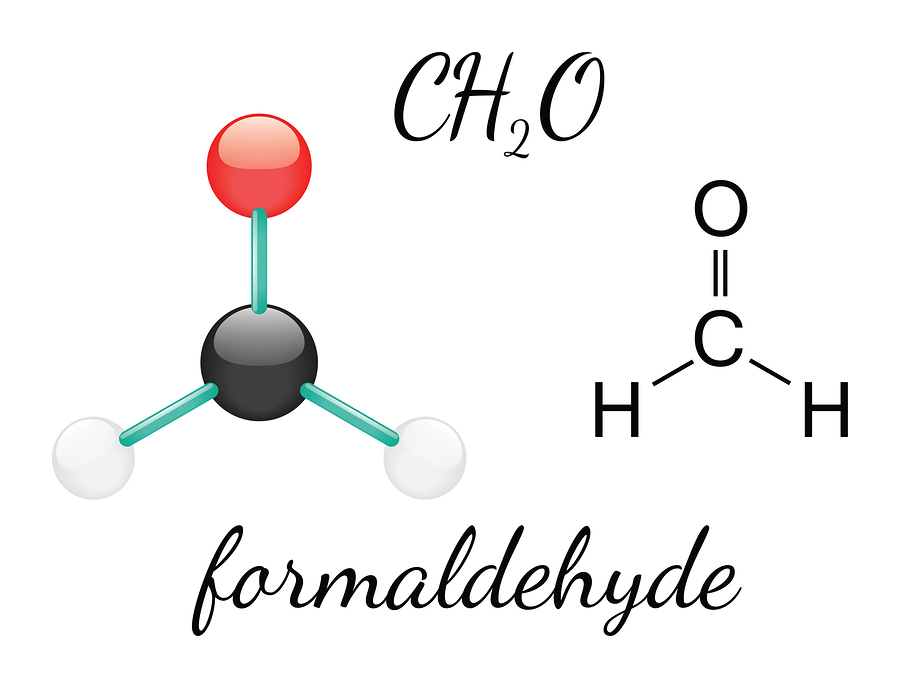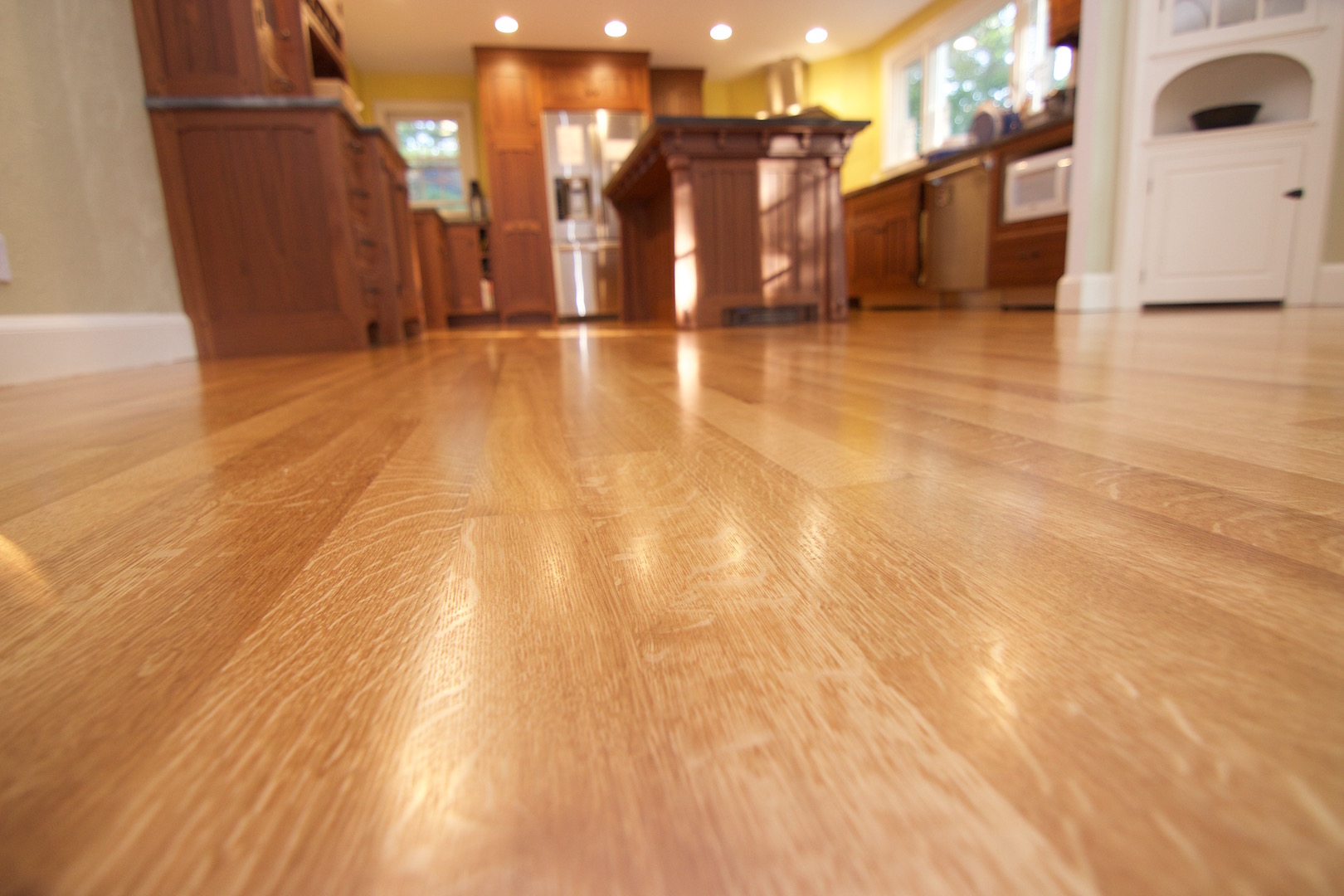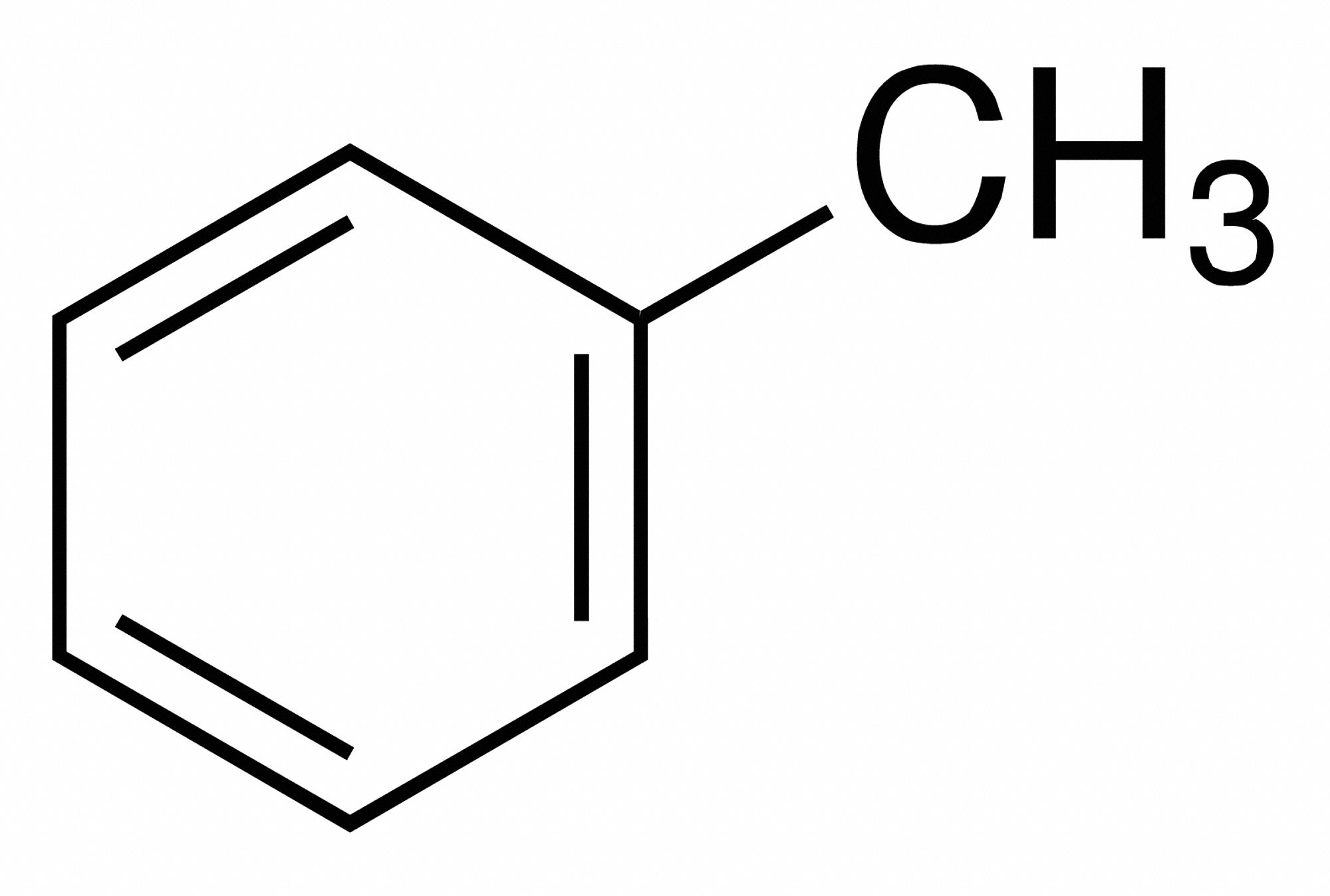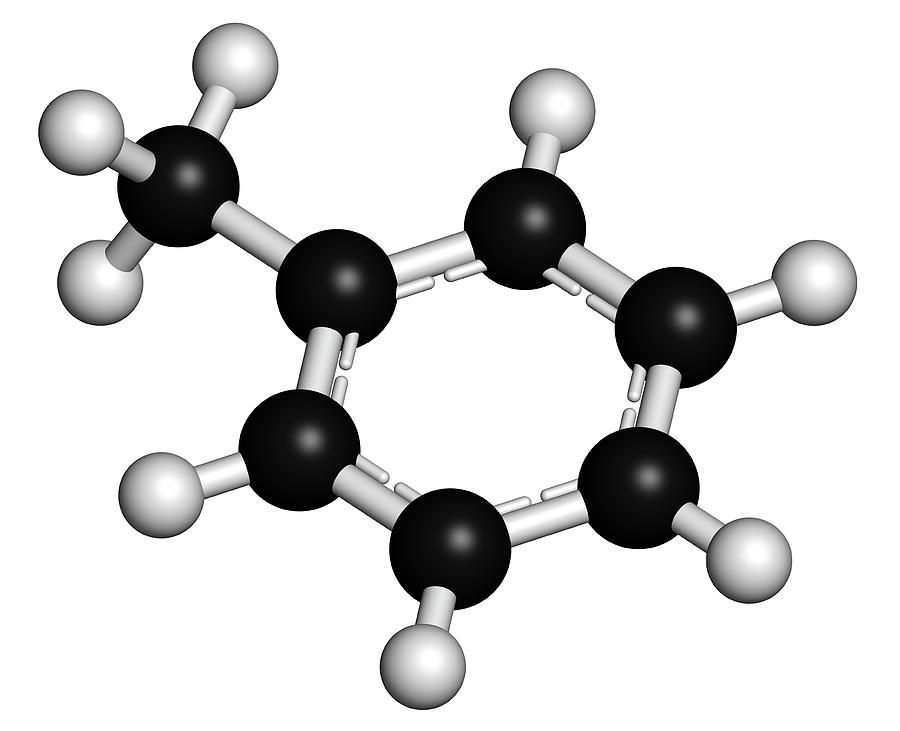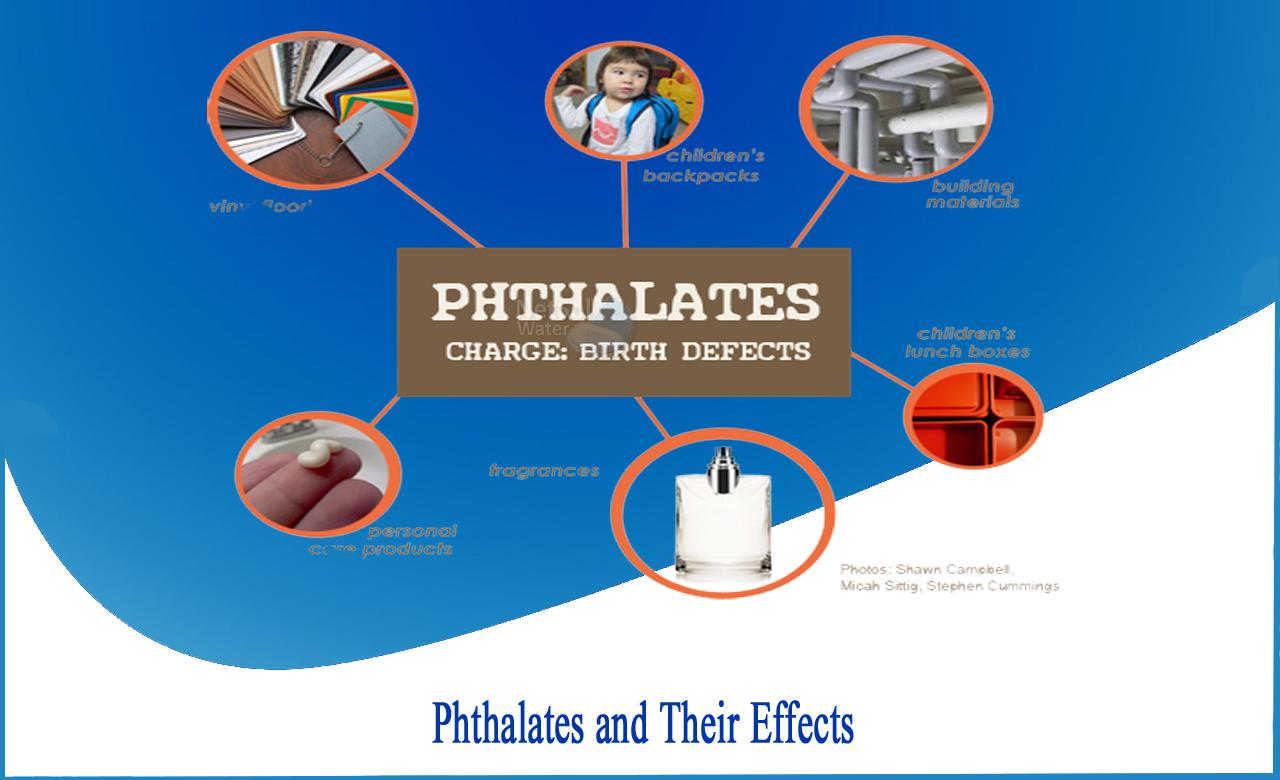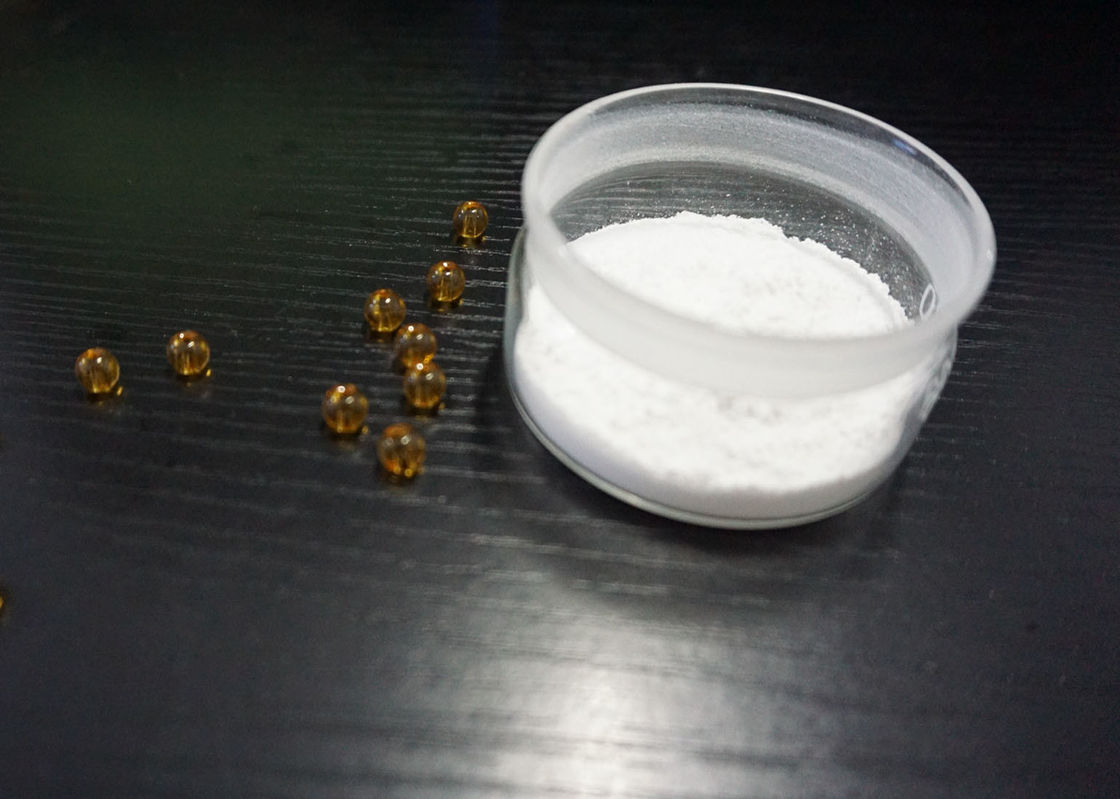Memory foam mattress toppers have gained immense popularity in recent years, thanks to their ability to provide comfort and support for a good night's sleep. However, not many people are aware of the chemicals used in the production of these mattress toppers. While these chemicals may not pose an immediate threat to our health, prolonged exposure to them can have harmful effects. In this article, we will discuss the top 10 main chemicals in memory foam mattress toppers and their potential impact on our health.Introduction
Formaldehyde is a colorless and strong-smelling gas commonly used in the production of memory foam. It is known to cause skin irritation, respiratory problems, and even cancer in extreme cases. Exposure to formaldehyde can also lead to headaches, nausea, and dizziness. To avoid these health risks, it is recommended to opt for memory foam mattress toppers that are certified formaldehyde-free.Formaldehyde
Polyurethane is a synthetic polymer used in the production of memory foam mattress toppers. It is known for its ability to provide support and pressure relief, making it a popular choice for mattresses. However, polyurethane is a petroleum-based product and can release harmful volatile organic compounds (VOCs) into the air. Opting for a mattress topper made from plant-based polyurethane can be a safer and more eco-friendly option.Polyurethane
Toluene is a solvent used in the production of memory foam that gives it its characteristic smell. However, this chemical is known to cause skin irritation, respiratory problems, and damage to the central nervous system. Long-term exposure to toluene can also lead to more severe health issues, such as liver and kidney damage. It is crucial to look for mattress toppers that are certified toluene-free to avoid these health risks.Toluene
Benzene is a chemical used in the production of memory foam that can be harmful to our health. Exposure to benzene can cause dizziness, headaches, and irritation to the eyes, skin, and respiratory system. Prolonged exposure to this chemical can lead to more severe health issues, including cancer. To minimize the risk, it is essential to choose mattress toppers that are certified benzene-free.Benzene
Flame retardants are chemicals added to memory foam mattress toppers to comply with fire safety regulations. However, these chemicals can have adverse effects on our health, such as hormonal disruption, reproductive issues, and even cancer. To avoid these risks, it is recommended to opt for mattress toppers that use natural flame retardants or are certified flame-retardant-free.Flame Retardants
Phthalates are chemicals used in the production of memory foam to make it more flexible and durable. However, these chemicals can leach out of the mattress topper and into our bodies, leading to hormonal disruption, reproductive issues, and respiratory problems. To minimize the risk, it is crucial to choose mattress toppers that are certified phthalate-free.Phthalates
Isocyanates are chemicals used in the production of memory foam that can cause skin and respiratory irritation. Exposure to these chemicals can also lead to asthma and other respiratory problems. It is essential to choose mattress toppers that are certified isocyanate-free to avoid these health risks.Isocyanates
Volatile Organic Compounds (VOCs) are chemicals that can be released from memory foam mattress toppers and have harmful effects on our health. These chemicals can cause headaches, dizziness, nausea, and even damage to the liver and kidneys. To minimize exposure to VOCs, it is recommended to choose mattress toppers that are certified low-VOC.Volatile Organic Compounds (VOCs)
Formaldehyde resin is a binding agent used in the production of memory foam that can release formaldehyde into the air. Exposure to this chemical can cause irritation to the eyes, nose, and throat, as well as respiratory problems and even cancer. To avoid these risks, it is crucial to choose mattress toppers that are certified formaldehyde resin-free.Formaldehyde Resin
The Benefits of Using Memory Foam Mattress Toppers
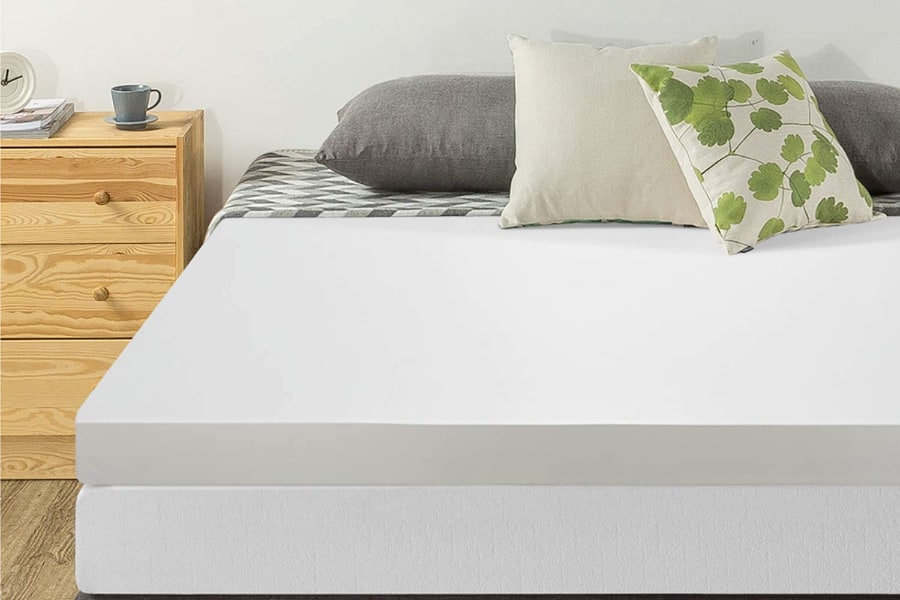
Relieves Pressure Points for a Better Sleep
 Memory foam mattress toppers are becoming increasingly popular as people are realizing the benefits of using this type of mattress topper for a more comfortable sleep. One of the main advantages of memory foam is its ability to mold to your body's shape, providing support and relieving pressure points. This is especially beneficial for those who suffer from back pain or joint stiffness, as the foam can help alleviate discomfort and promote a more restful sleep.
Memory foam mattress toppers are becoming increasingly popular as people are realizing the benefits of using this type of mattress topper for a more comfortable sleep. One of the main advantages of memory foam is its ability to mold to your body's shape, providing support and relieving pressure points. This is especially beneficial for those who suffer from back pain or joint stiffness, as the foam can help alleviate discomfort and promote a more restful sleep.
Enhances Comfort and Support
 Memory foam mattress toppers are designed to evenly distribute body weight, which can help to reduce pressure on certain areas of the body. This not only provides more comfort while sleeping, but it also promotes proper spinal alignment and support. The foam conforms to your body's curves, providing a customized sleep surface that can help improve overall sleep quality.
Memory foam mattress toppers are designed to evenly distribute body weight, which can help to reduce pressure on certain areas of the body. This not only provides more comfort while sleeping, but it also promotes proper spinal alignment and support. The foam conforms to your body's curves, providing a customized sleep surface that can help improve overall sleep quality.
Reduces Motion Transfer for Undisturbed Sleep
 Another advantage of memory foam mattress toppers is their ability to reduce motion transfer. This means that if you share a bed with a partner, their movements will not disturb your sleep, allowing for a more peaceful and uninterrupted rest. This is particularly beneficial for light sleepers or those who are easily disturbed by movement.
Another advantage of memory foam mattress toppers is their ability to reduce motion transfer. This means that if you share a bed with a partner, their movements will not disturb your sleep, allowing for a more peaceful and uninterrupted rest. This is particularly beneficial for light sleepers or those who are easily disturbed by movement.
Hypoallergenic and Easy to Maintain
 Memory foam mattress toppers are also hypoallergenic, making them a great option for those with allergies or sensitivities. The dense structure of the foam makes it difficult for dust mites and other allergens to penetrate, providing a cleaner and healthier sleep environment. Additionally, memory foam toppers are easy to maintain and can be spot cleaned with a mild detergent, making them a convenient choice for busy households.
Memory foam mattress toppers are also hypoallergenic, making them a great option for those with allergies or sensitivities. The dense structure of the foam makes it difficult for dust mites and other allergens to penetrate, providing a cleaner and healthier sleep environment. Additionally, memory foam toppers are easy to maintain and can be spot cleaned with a mild detergent, making them a convenient choice for busy households.
Affordable and Versatile Option for House Design
 Not only do memory foam mattress toppers provide comfort and support, but they are also an affordable and versatile option for house design. They can be easily added to any existing mattress, providing an instant upgrade to your sleeping surface. Additionally, memory foam toppers come in a variety of thicknesses and densities, allowing you to customize the level of support and comfort you need for a good night's sleep.
In conclusion, the use of memory foam mattress toppers offers numerous benefits for a better sleep experience. From relieving pressure points and enhancing comfort to reducing motion transfer and being a hypoallergenic option, they are a wise investment for any household. With their affordability and versatility, they are a great addition to any house design, providing the ultimate comfort and support for a restful and rejuvenating sleep.
Not only do memory foam mattress toppers provide comfort and support, but they are also an affordable and versatile option for house design. They can be easily added to any existing mattress, providing an instant upgrade to your sleeping surface. Additionally, memory foam toppers come in a variety of thicknesses and densities, allowing you to customize the level of support and comfort you need for a good night's sleep.
In conclusion, the use of memory foam mattress toppers offers numerous benefits for a better sleep experience. From relieving pressure points and enhancing comfort to reducing motion transfer and being a hypoallergenic option, they are a wise investment for any household. With their affordability and versatility, they are a great addition to any house design, providing the ultimate comfort and support for a restful and rejuvenating sleep.
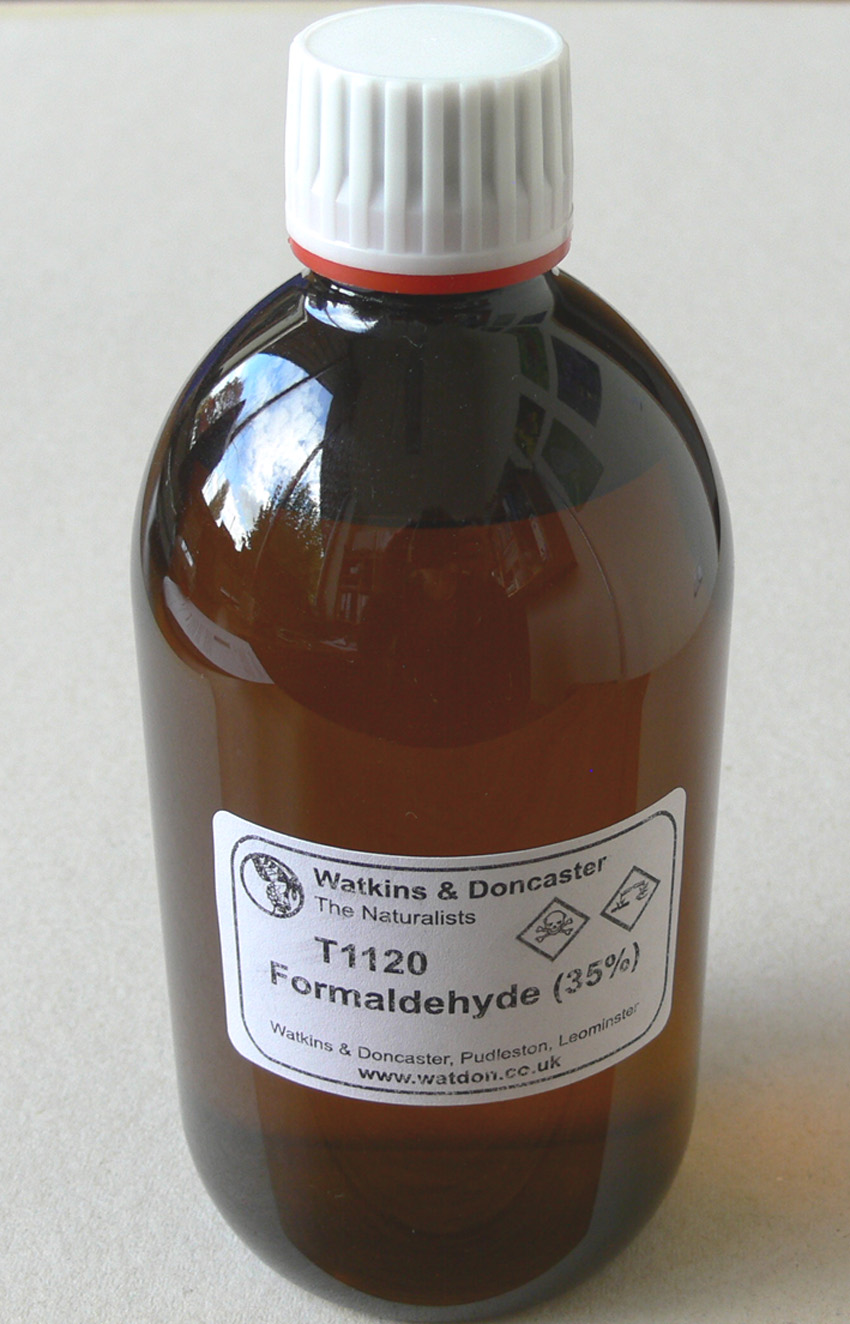

.jpg)






